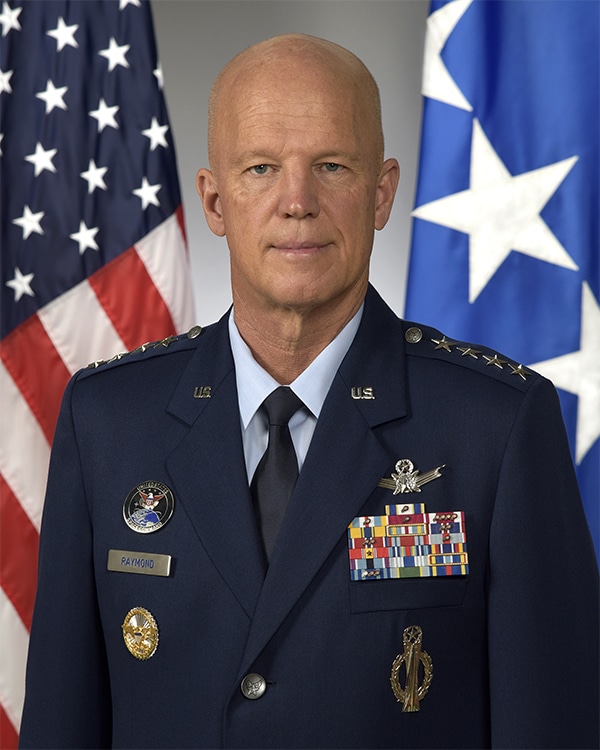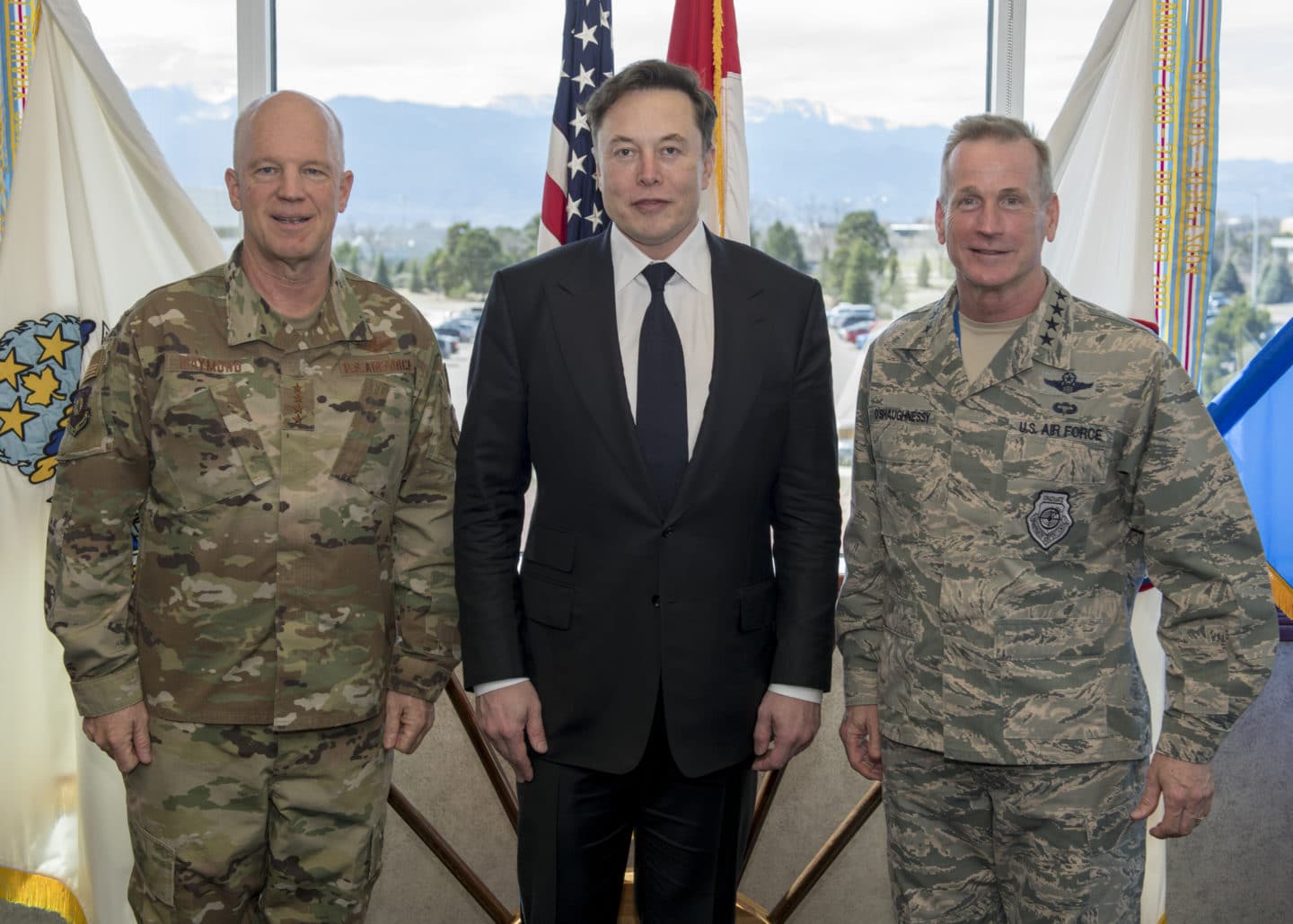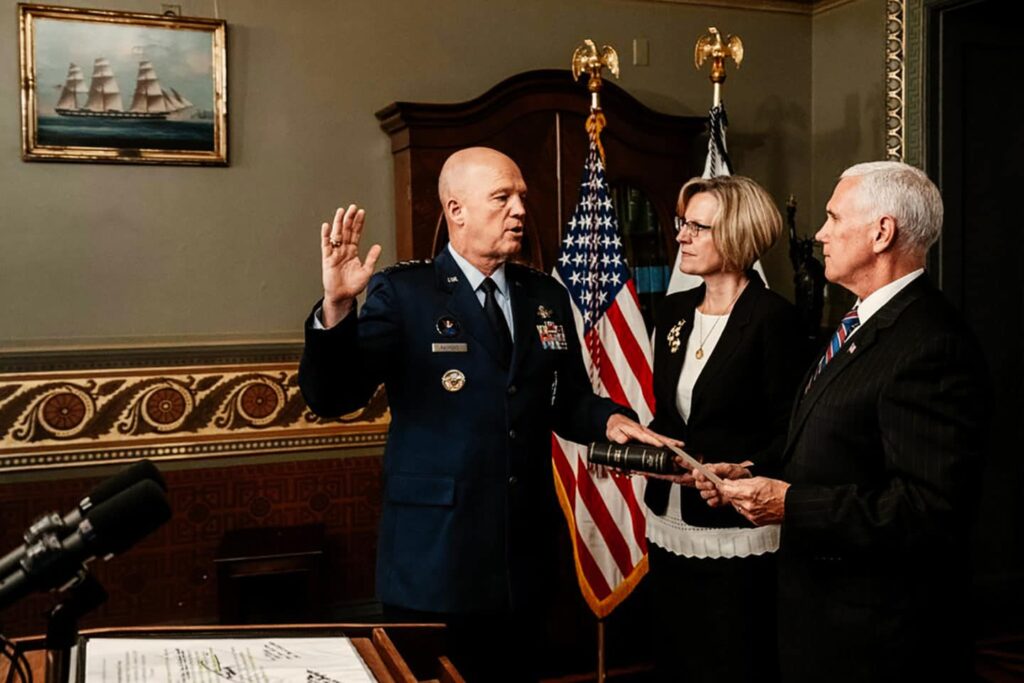General Jay Raymond was sworn in on Tuesday as the Space Force’s first commissioned leader. Raymond’s new role as the newly minted branch’s Chief of Space Operations also comes with a seat on the Joint Chiefs of Staff.
“It is President Trump’s belief that the United States must remain as dominant in space as we are on land and sea and the air,” Vice President Mike Pence told Raymond before administering the oath. “And your charge is to see to that mission with the United States Space Force.”
Gen. John “Jay” Raymond earned his stars serving in the United States Air Force, where his positions as commander of both the Air Force Space Command and the U.S. Space Command have made him uniquely suited to lead this new branch’s orbital defense efforts.
“Mr. Vice President, we have our marching orders and we are moving out,” Raymond told Pence. “We do not want a conflict to begin or extend into space, we want to deter that conflict from happening. The best way I know how to do that is to do so from a position of strength.”

Although the Space Force now has Raymond at the helm, the new branch does not yet have any troops for him to command. In the coming months, more than 16,000 members of the U.S. Air Force will transition their roles at U.S. Space Command to the Space Force’s purview.
Space Command will now serve as the primary operational component of the newly established Space Force, and over the coming months, determinations will be made about which military occupational specialties will become Space Force-specific and which will remain under the purview of the United States Air Force. Air Force personnel serving under the Space Force banner will then be given the option to remain in the Air Force or transition their service to the new branch.

Congress included $40 million to stand up the new Space Force in the 2020 National Defense Authorization Act, commonly referred to as the NDAA or just the “defense budget.” In order to curb costs, the Space Force will operate under the larger umbrella of the U.S. Air Force, not unlike how the U.S. Marine Corps falls under the Department of the Navy.
“The scope, scale and complexity of the threat to our space capabilities is real and it’s concerning,” the new Chief of Space Operations told reporters in August. “We no longer have the luxury of operating in a peaceful, benign domain, and we no longer have the luxury of treating space superiority as a given.”
Of course, the Space Force won’t be quite like its been depicted in memes and jokes. Instead of conducting combat operations in orbit around the earth, the primary focus of the Space Force will be on tracking orbital debris and foreign assets that could pose a threat to America’s satellite infrastructure.
If you’d like to learn more about what the Space Force will do, check out the primer on the branch we published earlier this month called, “So, What Exactly is the Space Force and What Will it Do?”
Feature image courtesy of Vice President Mike Pence on Twitter.



